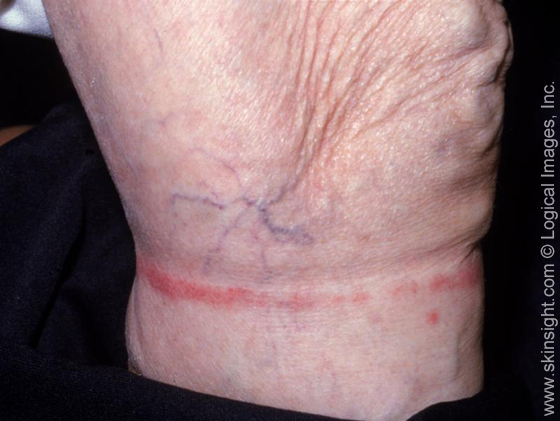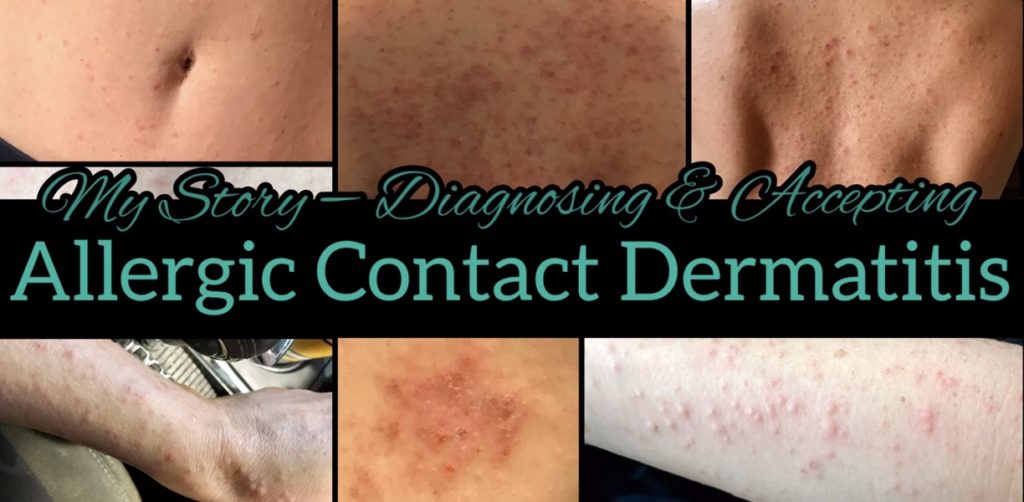
Contact dermatitis is a very common skin problem that can be caused by several irritants. If you are allergic to any of these irritants you will develop the symptoms associated with contact dermatitis. You may be surprised to find out that many of the ingredients in common household cleaners can also be aggravating your skin problems. So before you run out and buy the next "big" house cleaner or the latest anti-bacterial soap, do your research and find out which kinds of irritants are causing your skin problems.
Contact dermatitis is caused by an allergic reaction to any substance that irritates the skin. Symptoms of contact dermatitis usually include: red, inflamed skin. Itching. Burning or itching. Bumps, blisters or sometimes filled with liquid.
Other common irritants are: detergents, soaps, perfumes, alcohols, lanolin and other chemicals. In fact, most people have some degree of allergy to at least one ingredient in their daily cleaning routine. For example, washing your face every day, whether or not you use antihistamines or steroidal anti-inflammatory medications, will often result in a reaction. The same can be said for cleaning your carpets or wearing gloves while doing laundry.
Contact dermatitis is caused by the immune system reacting to something it isn't supposed to be fighting
So, if you are allergic to one or more common household irritants your skin will probably react in the same way to something else that you're allergic to. In other words, if you are allergic to latex gloves and wash your hands in hot water, the latex gloves could irritate your skin and lead to a reaction. It's like putting something on your body that you've been allergic to and expecting it to work. And if you use any anti-bacterial detergent, you may also be allergic to the detergent.
One of the common symptoms of contact dermatitis is itching or irritation around the eyes. Itching can be felt not only in the eyes – even if you wear contact lenses, there may be small red pimples around the eyes. These are known as conjunctivitis or postoperative edema. and are often the first sign of a serious condition called contact dermatitis. In addition, blisters or blisters may develop around the eyes, which can rupture and become infected. In the most severe cases, this condition can cause eye discoloration.
Another symptom is redness or swelling around the cheeks and eyelids. They can become inflamed due to excess moisture trapped under the skin, or due to the accumulation of sebum that forms when the skin glands are stimulated. Sebum also lubricates the skin and helps it glide.

Contact dermatitis can also cause dry skin and be quite painful
It can also occur in the mouth, especially in people with sensitive gums. In these cases, an ulcer or ulcer may form in the mouth, leading to bleeding. This is called chapped lips.
It is important to know what you're allergic to so you can avoid common causes of irritation and get relief. If you can identify the possible irritant(s) causing your problem, it can help you prevent any further damage from occurring to your skin.
Contact dermatitis can also cause an infection. An infection of the skin is caused by an infection of the bloodstream or the lungs. It is caused by a virus or bacteria. Most people with contact dermatitis will be prescribed antibiotics for relief. There are also some creams that you can buy over the counter that you can use on your own to treat your condition.
Some people prefer using natural remedies to cure themselves. These treatments are usually safer than those that are prescribed by a doctor. A good example of an all-natural treatment is garlic.
Garlic has antibacterial properties which are useful against germs and fungi. It is also a natural anti-inflammatory and can kill off bacteria and fungus, which could be the cause of the infection. Some people have even found that the garlic will help heal their allergies.
